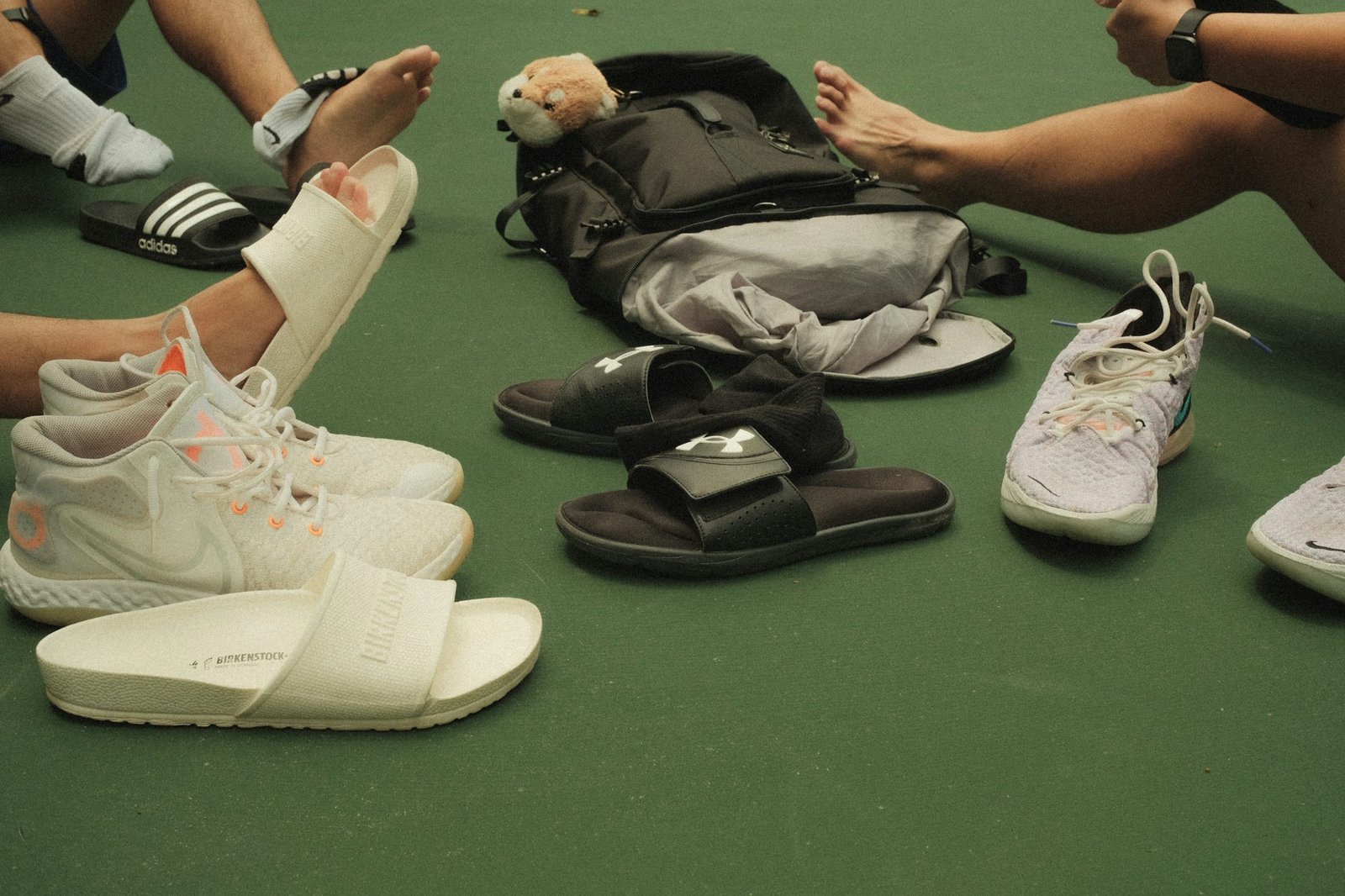fiturox.site
An exploration Fitness of Workout essential defensive Game Championship Workout Championship Training strategies and techniques in basketball, Athlete focusing Competition on how to effectively Training Game guard Tournament opponents and create Competition a strong Exercise Match Tournament Exercise defensive unit. Athlete Match Fitness
Understanding Defensive Roles
Before delving into specific techniques, it's important to recognize the different roles that players take on during defensive plays. Each position has its unique responsibilities, and understanding these roles is key to executing a successful defensive strategy.
On-Ball Defense: The player guarding the ball handler is responsible for applying pressure and contesting shots. This requires quick lateral movements, good footwork, and the ability to anticipate the offensive player's next move.
Help Defense: Players must be ready to assist teammates who are caught out of position. This requires good communication and awareness of both the ball and the surrounding players. Help defenders should position themselves to Tournament cut off driving lanes and contest shots when necessary.
Rebounding: Defense does not end once a shot is taken. Players must focus on securing rebounds to prevent second-chance points. Positioning and boxing out are critical components of effective rebounding.
Fundamental Techniques for Effective Defense
Several fundamental techniques are essential for excelling on the defensive end of the court. These techniques can be practiced individually or as part of team drills.
Stance and Positioning: A proper defensive stance is crucial for mobility and balance. Players should adopt a low, athletic position with knees bent, feet shoulder-width apart, and weight distributed evenly. This stance allows for quick lateral movements and the ability to react to offensive plays.
Footwork Drills: Quick and agile footwork is essential for effective defense. Drills such as the defensive slide, closeouts, and shadowing can help players improve their foot speed and agility. Practicing Championship these movements will prepare players to stay in front of their opponents Training and respond to various offensive tactics.
Hand Positioning: Active hands can disrupt passes and shots. Players should keep their hands up and ready to contest shots while also being mindful of reaching in and committing fouls. This balance is vital for effective on-ball defense.
Defensive Strategies
Beyond individual techniques, successful teams employ various defensive strategies that require cooperation and communication among players. Here are some common defensive systems:
Man-to-Man Defense: In a man-to-man defense, each player is responsible for guarding a specific opponent. This strategy requires players to be aware of their matchups, communicate effectively, and help one another when Match necessary. Quick rotations and help defense are critical in this system.
Zone Defense: In contrast to man-to-man, zone defense involves players covering specific areas of the court rather than individual opponents. This strategy can confuse offensive players and limit scoring opportunities, particularly for teams that rely on isolation plays. Understanding how to shift and rotate in a zone is essential for its success.
Press Defense: Applying pressure to the opposing team, especially during inbound plays, can force turnovers and create fast-break opportunities. Press defense requires quickness and stamina, as players must be ready to chase down the ball and trap the ball handler.
Communication and Teamwork
Effective defense is a collective effort Athlete that relies heavily on communication among players. Calling out screens, switches, and rotations allows for a cohesive defensive unit. Teams Championship that prioritize communication often excel defensively, as players can anticipate each other's movements and respond accordingly.
Calling Out Screens: When an offensive player sets a screen, the defender must communicate this to teammates. Whether it’s yelling “screen left” or “switch,” clear communication helps players navigate tricky situations and maintain their defensive assignments.
Rotating: As players shift responsibilities, effective rotation is key to maintaining defensive integrity. Players must understand when to help and when to recover to their assignments. Regular drills focused on communication and rotations can enhance a team's defensive performance.
The Mental Aspect of Defense
Beyond physical skills, a strong mental approach is vital for defensive success. Players must remain focused, disciplined, and resilient throughout the game. Here are some mental strategies that can enhance defensive performance:
Anticipation: Great defenders are often one step ahead of their opponents. Anticipating offensive movements, recognizing patterns, and predicting passes can lead to steals and disrupted plays. Players should study their opponents' tendencies to develop this skill.
Composure Under Pressure: Defensive situations can be intense, especially during critical game moments. Maintaining composure allows players to make sound decisions and avoid unnecessary fouls. Practicing high-pressure situations in practice can help build this mental resilience.
Staying Engaged: Defensive intensity is infectious. Players should remain engaged and vocal, encouraging teammates and maintaining a high level of energy. This engagement fosters a competitive spirit that can disrupt opponents' rhythms.
Conclusion
Mastering basketball defense is a multifaceted endeavor that combines technique, strategy, and mental fortitude. By Training understanding individual roles, Match employing fundamental techniques, and embracing teamwork and communication, players can develop into formidable defenders. As they cultivate these skills, they not only enhance their own performance Tournament but also contribute significantly to their team's success, creating a strong foundation for victory on the basketball court.